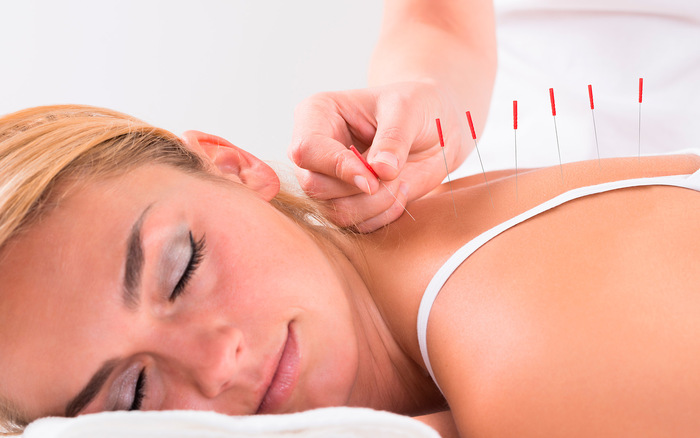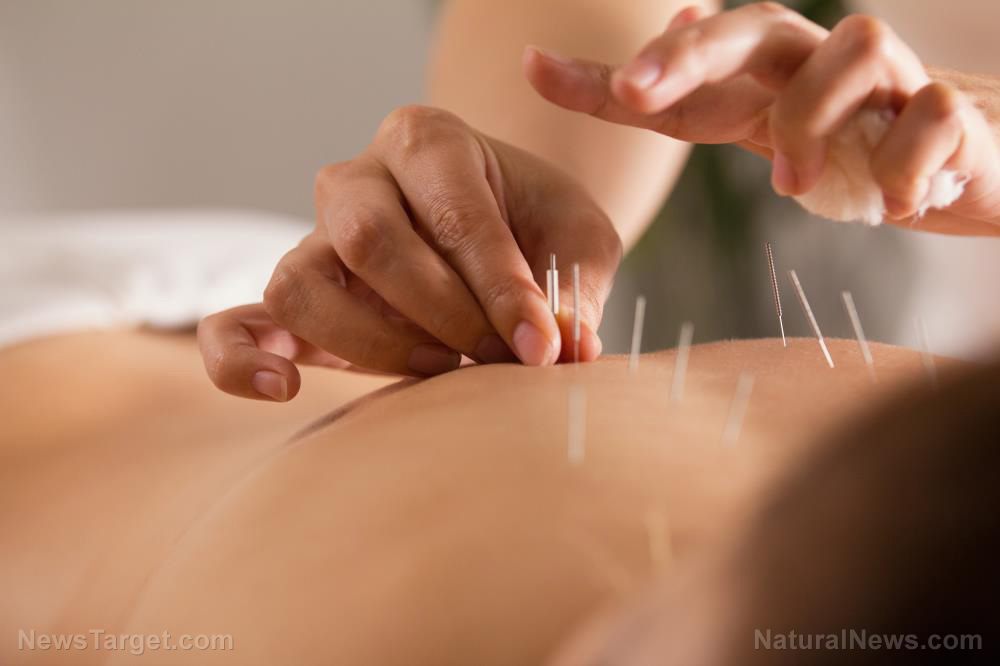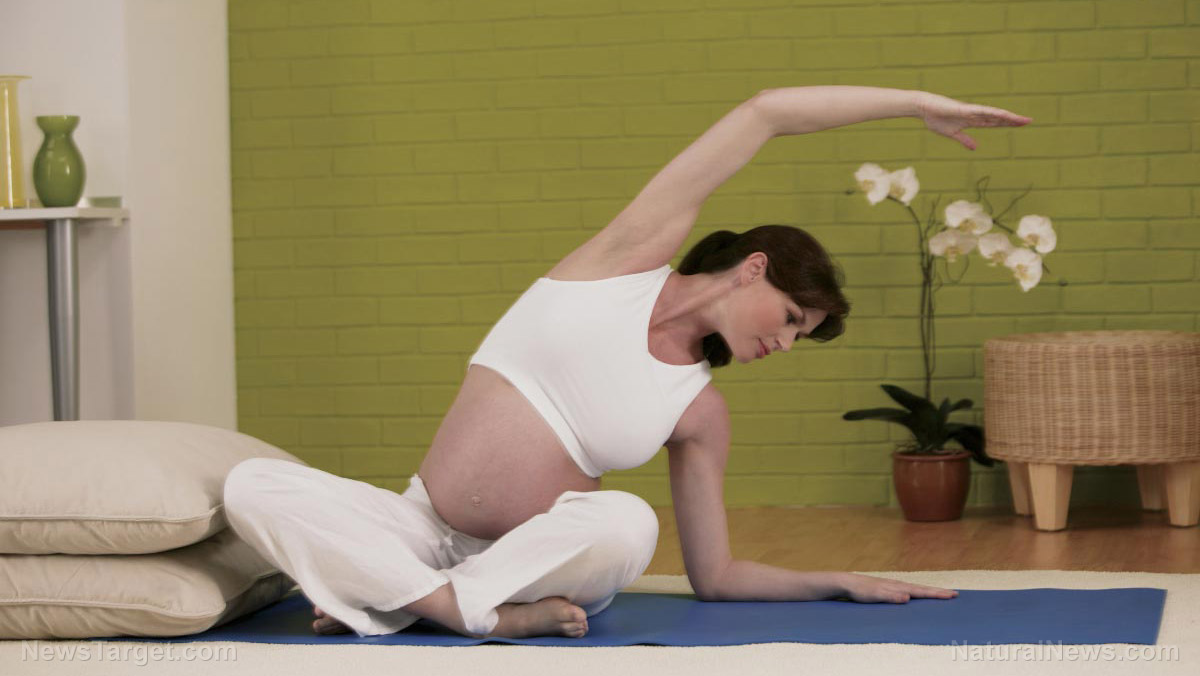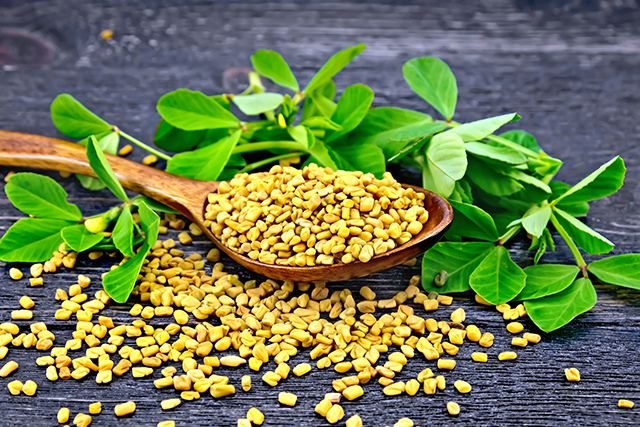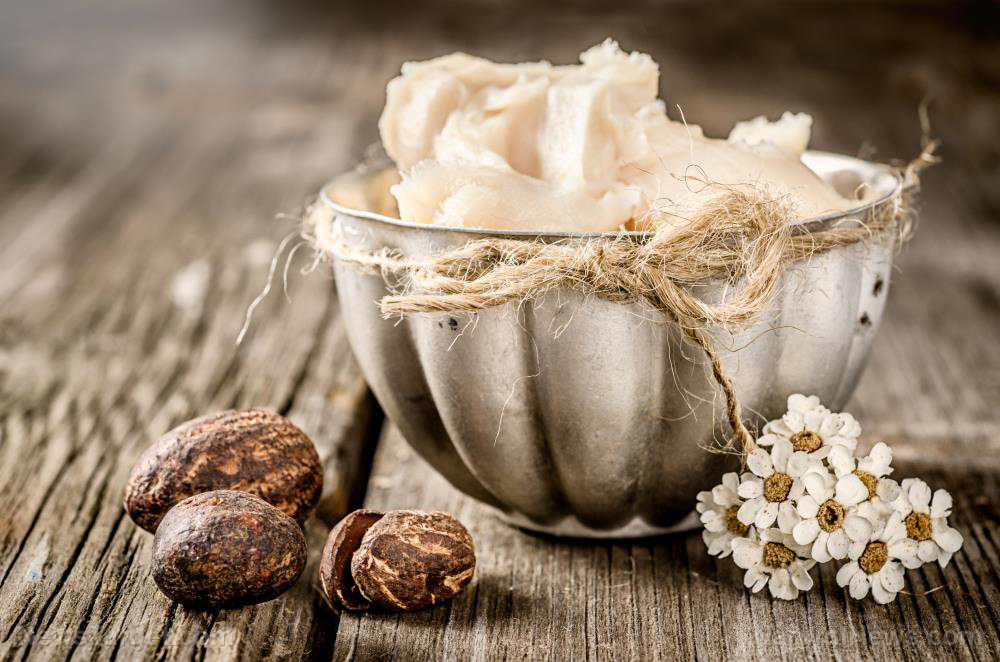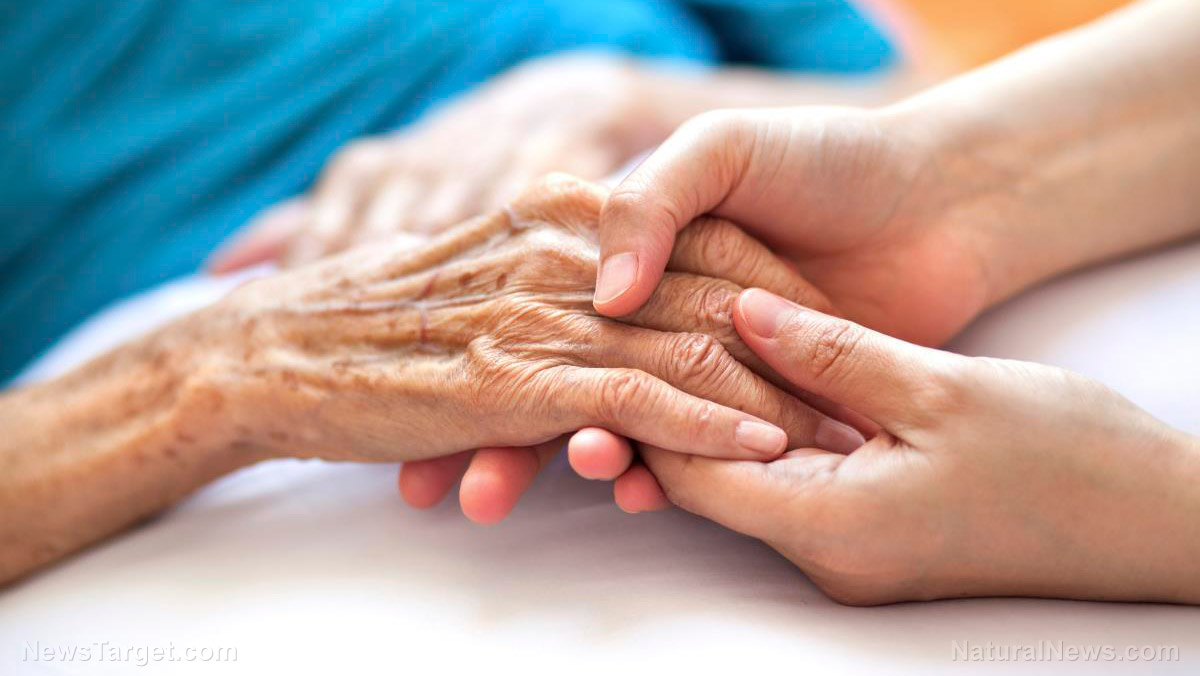Is it that time of the month again? Heat therapy offers a simple self-care technique to ease dysmenorrhea
04/18/2019 / By Michelle Simmons
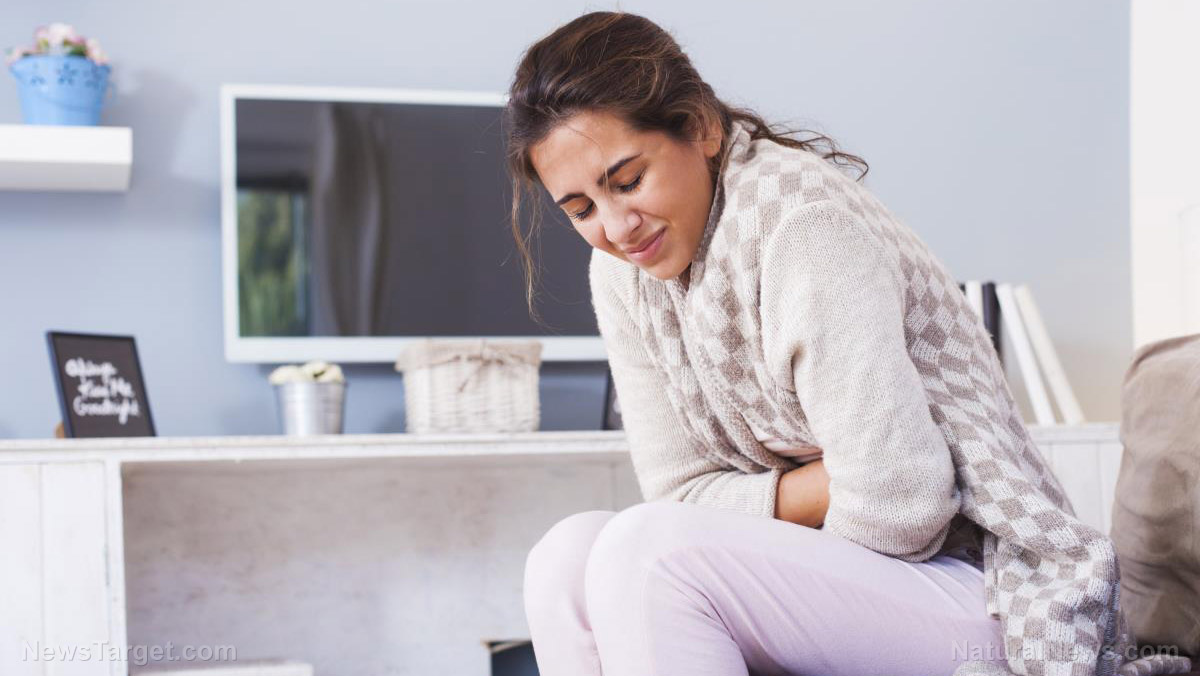
Most women frequently experience menstrual pain, and many have tried various ways to relieve this pain. Some have tried drug painkillers, while others have done acupressure, exercise, or heat therapy – but which of these is the most effective? Fortunately, researchers at Western Sydney University in Australia conducted a systematic review and meta-analysis on the effectiveness of self-care remedies for dysmenorrhea and found that both exercise and heat therapy can significantly reduce menstrual pain symptoms.
Primary dysmenorrhea is characterized by crampy, colicky spasms of pain below the belly button occurring within eight to 72 hours of menstruation and peaking as menstrual flow increases. Other menstrual-related symptoms women experience include back and thigh pain, headaches, diarrhea, nausea, and vomiting.
In their research, the team evaluated the effectiveness of self-care techniques and lifestyle interventions on menstrual pain intensity, duration, and analgesic usage by gathering evidence from existing trials on this topic. They examined gathered 23 trials with a total of 2,302 women with primary dysmenorrhea that looked at acupressure, exercise, and heat therapy as interventions. The exercise intervention included low-intensity exercises like yoga and stretching.
Based on the data they have gathered, all interventions showed a reduction in menstrual pain symptoms. Exercise exhibited the largest effect, while heat therapy and acupressure caused moderate effects. In addition, the researchers found that both exercise and heat therapy were more effective than drug painkillers in reducing pain intensity.
From these findings, the team concluded that exercise and heat therapy can be used as alternative treatments to drug painkillers for reducing period pains. The findings of the study were published in the journal BMC Complementary and Alternative Medicine.
The health consequences of relying on drug painkillers for period pain
Resorting to drugs to relieve menstrual pain has been found to cause great harm to one’s health, particularly in the long run. And the greatest risk comes with non-steroidal anti-inflammatory drugs (NSAIDs) like ibuprofen.
Taking painkillers can result in serious gastrointestinal problems, including constipation, severe diarrhea, reflux, stomach ulcers, and inflammation in the stomach. Moreover, conditions like stomach ulcers can be overlooked for months or even years. In some cases, they rupture or bleed through the intestines, causing intense pain, until they get noticed. Additionally, using drug pain relievers can also lead to abnormally low blood pressure. People who are also taking aspirin or ibuprofen, or those who smoke or drink alcohol, are at a higher risk for these side effects.
Other alternatives to drug painkillers
Instead of popping these toxic pills in your mouth, opt for natural menstrual pain relievers like these herbs:
- Ginger: Ginger is a warming herb that may help relieve cramps and menstrual-related problems. It works by reducing the levels of pain-causing prostaglandins. One study has shown that it is as effective as the drug ibuprofen. Another study has revealed that taking ginger root powder two days before your period and continuing through the first three days may reduce the duration of pain.
- Fennel: This herb tastes like licorice, but has a crunchy texture similar to celery. It may help relieve menstrual pain because of its anethole content, a compound with anti-spasmodic effects. Research has shown that fennel extract combined with vitagnus is more effective than the pain medication drug mefenamic acid.
Read more news stories and studies on natural remedies for dysmenorrhea by going to WomensHealth.news.
Sources include:
Tagged Under: acupressure, alternative medicine, dysmenorrhea, exercise, heat therapy, menstrual pain, natural cures, natural medicine, pain relief, period pain, remedies, research, therapies, women's health, Yoga





